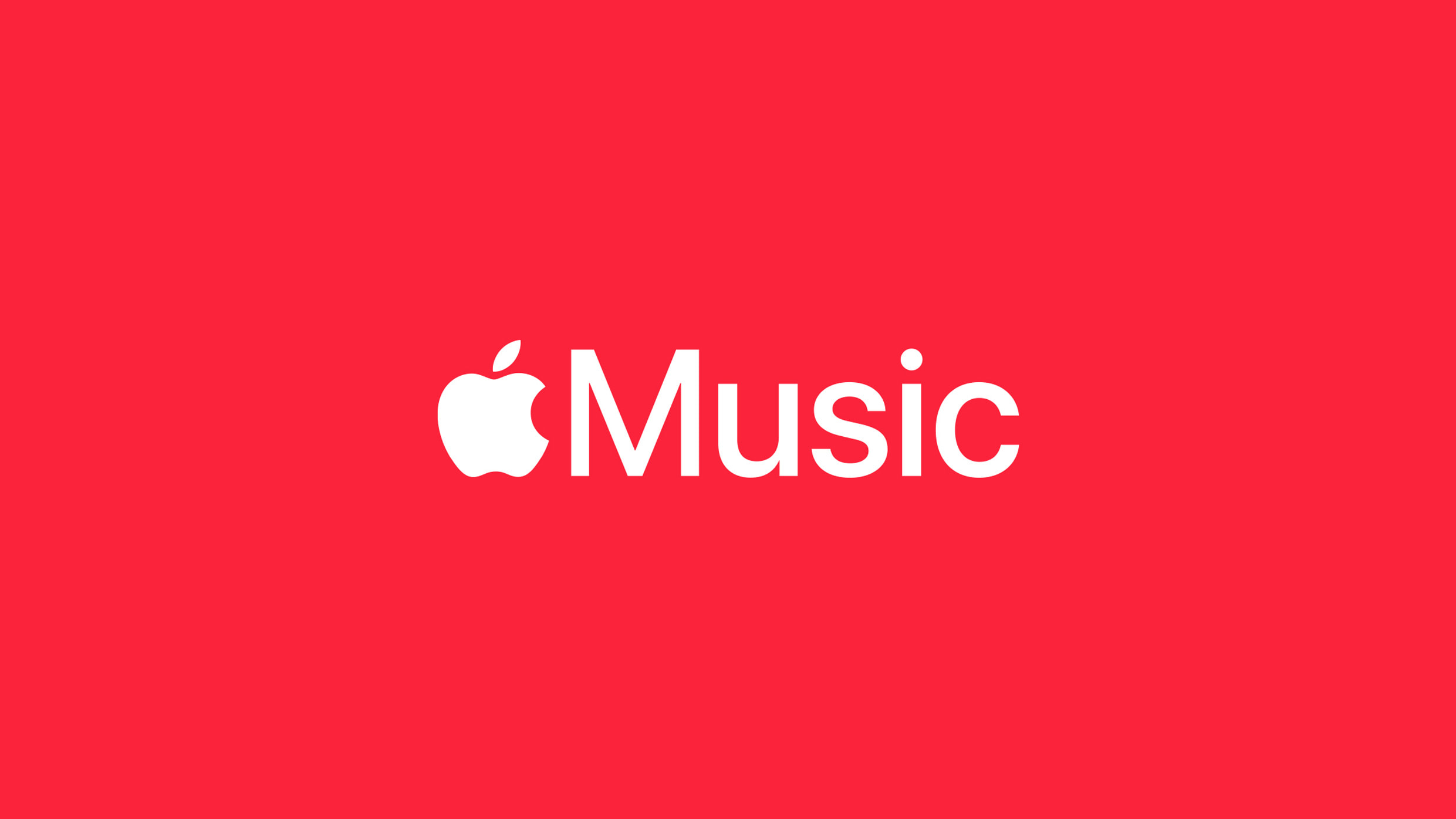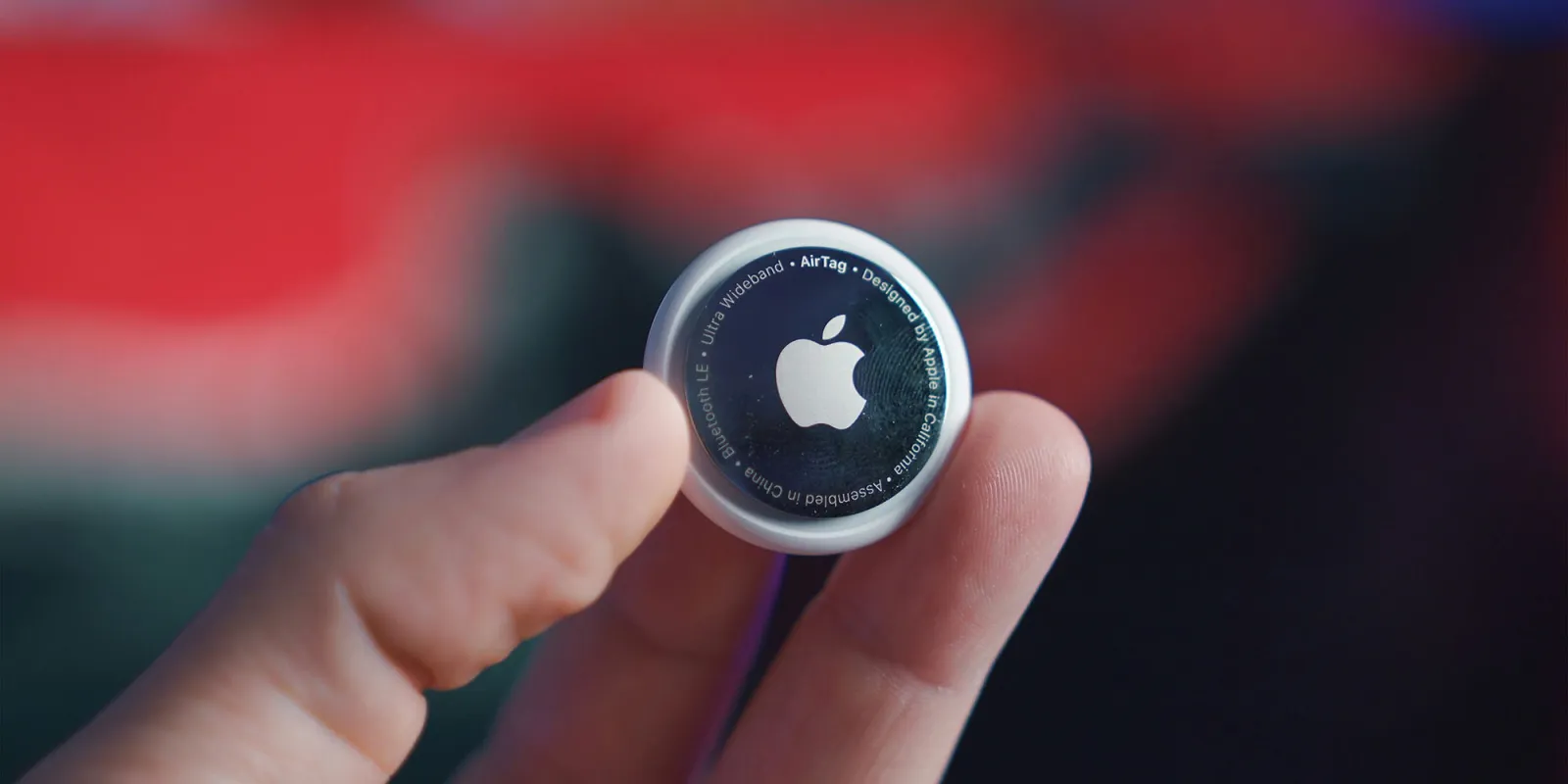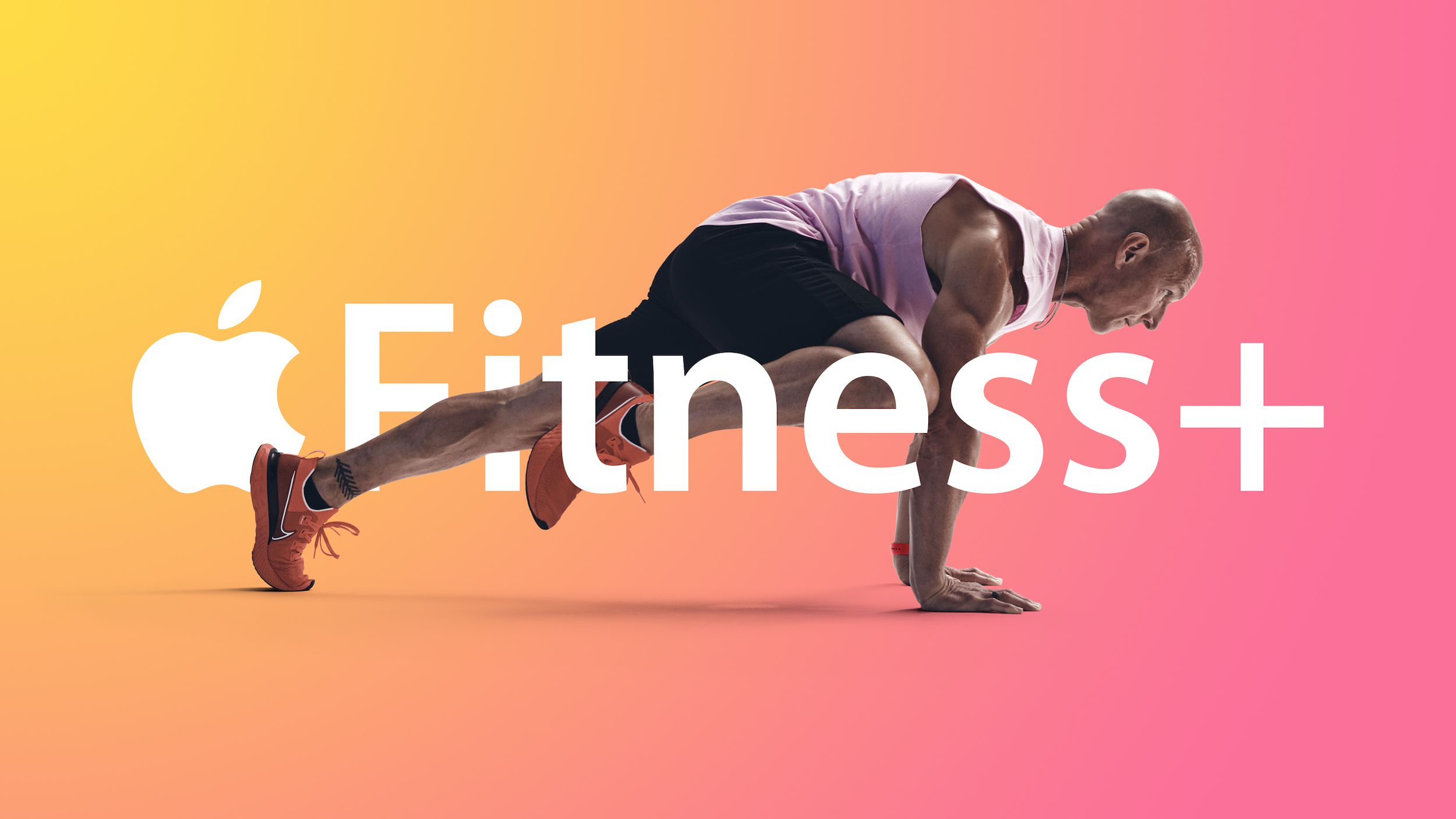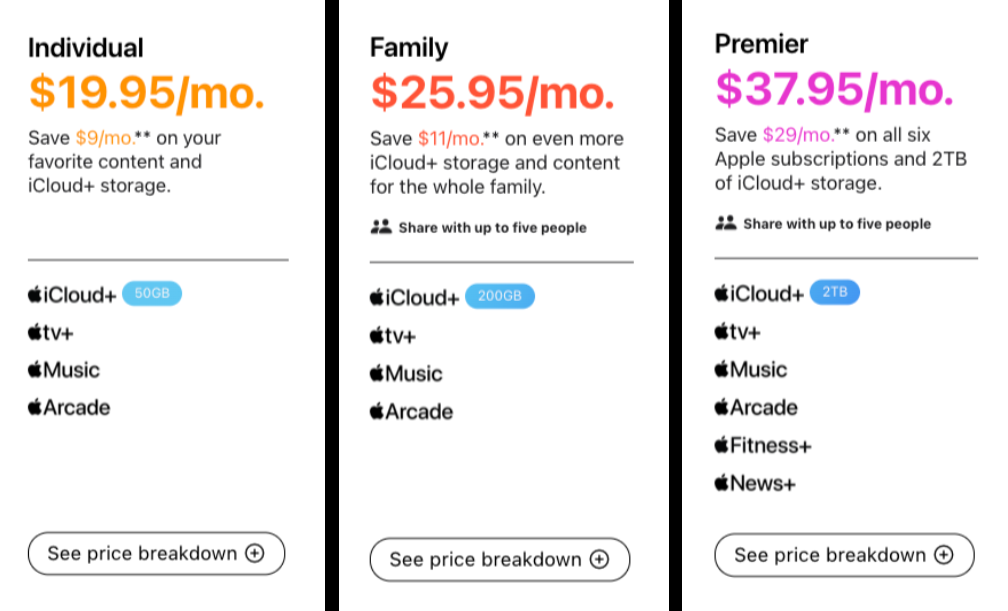Apple recently warned some users about possible spyware attacks sponsored by governments. The company sent notifications to people in various countries, including an Italian journalist and a Dutch activist, through iMessage and email.
These alerts are part of Apple’s efforts to protect users from advanced cyber threats, like those from groups such as NSO Group, known for Pegasus spyware. Apple has been sending these warnings since 2021, reaching users in over 150 countries. The company doesn’t share details about the attackers to avoid helping them improve their methods. Instead, Apple encourages affected users to update their devices, use two-factor authentication, and seek help from experts like the Digital Security Helpline.
In other news, Apple released Safari Technology Preview 218, an experimental browser update for testing new features. This version includes fixes for CSS, JavaScript, Lockdown Mode, and WebRTC, among others. It works on macOS Sonoma and macOS Sequoia and is available via the Software Update feature for those who’ve downloaded the browser from Apple’s website.
The preview helps developers and users give feedback to improve future Safari versions. You can run it alongside the regular Safari browser, and no developer account is needed to try it. Full details are on Apple’s Safari Technology Preview website. This shows Apple’s focus on both user safety and improving its software, tackling cyber threats while refining tools like Safari for a better web experience.






